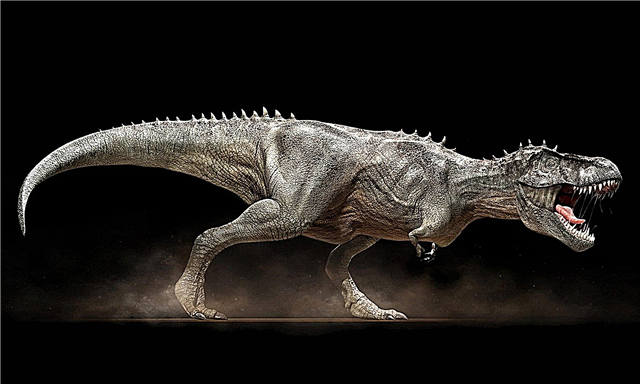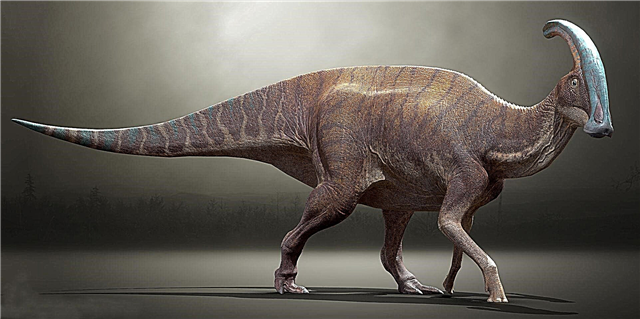
Until 1952, no one knew what physical processes were occurring in a sleeping brain. Most scientists thought the sleeping brain was inert, calm, and inactive. It was then that a graduate student from Chicago Eugene Azerinsky registered an electroencephalogram with his sleeping eight-year-old son in order to “listen” to what his sleeping brain would say.
Appliance fixing dreams
An electroencephalogram captures weak electrical currents that are produced by brain cells. The electroencephalograph device registers the fluctuations of this current on a reeling paper tape.

What he discovered surprised him very much. Every few hours of sleep, the pen began to draw vertical curves on paper at a crazy pace. At the same time, the boy's eyes under closed eyelids began to move quickly. During one of these bursts of electrical activity, Azerinsky woke the boy, and he told his father that at that moment he had a dream.
Interesting fact: approximately 20 percent of the time that we sleep, we dream.
Sleep phases
It is especially easy for us to remember a dream if we are woken up at the moment when we see it. Azerinsky discovered the phase of rapid eye movements in sleep, that is, when a person dreams. When your cat or dog in a dream begins to move under the eyes closed over the eyelids and at the same time their legs begin to twitch, this means that your pet may be dreaming.Sometimes a dog even starts barking or whining.
Between periods of sleep with fast eye movements, the electric waves of the brain are slow and gentle, as might be expected from a sleeping brain. But during this phase, during dreams, the electrical activity of the brain becomes similar to the electrical activity of the waking brain.
However, as we know, dreams are very different from what we call real life. Nightmares are filled with ghosts and monsters. And even in good dreams, very strange, bizarre and time-shifting events occur, piled up in complete disorder. In a dream, you can see shiny coins scattered on the ground, but if you try to collect them, you will stumble upon useless pebbles.
How do you dream and why are they needed?
Dreams seem to have a funny, spasmodic structure. Waking up, we are perplexed as to what relation one part of the dream has to another. During the dream itself, its elements can have a very deep supernatural meaning for us. Martin Zeligman, a psychologist at the University of Pennsylvania, has developed a theory that tries to explain why this is so and what dreams serve.
According to Zeligman's theory, a flash of electrical activity of the brain during a dream causes an unexpected appearance of the image. Each new flash causes a new image. Images change for 10-30 minutes, which continues a typical dream. The first image is, for example, a giant tree, the second is an old house.The brain, trying to create meaning from nonsense, weaves each new vision into a certain narrative. It can be funny, sad, or frighteningly scary. It depends on the emotional state of the person who is dreaming.
This process of including all sorts of things in a more or less coherent narrative plot also occurs with external influences on the sleeping brain. An alarm rang on your night table. In your dream, a bell may ring at the same second, announcing the end of school. The brain can somehow instantly incorporate an external stimulus into the plot of the dream.
Interesting fact: cats and dogs also dream. This can be judged by the twitching of the eyes of sleeping animals.
Why do you have dreams?
Scientists have been studying dreams for many years and are learning more and more about how we dream. But why we see them is still unknown. However, Zeligman believes that his theory can shed some light on the reasons why we are dreaming at night. Maybe dreams are a practice in giving meaning to the world around us. Every day we are forced to sort and interpret events and emotions - we must put our life into something single and whole. And every night we train in this art.
Zeligman believes that from these positions it can be explained why young children sleep and dream almost all day: they learn to learn a huge new world of images, ideas and feelings for them.












